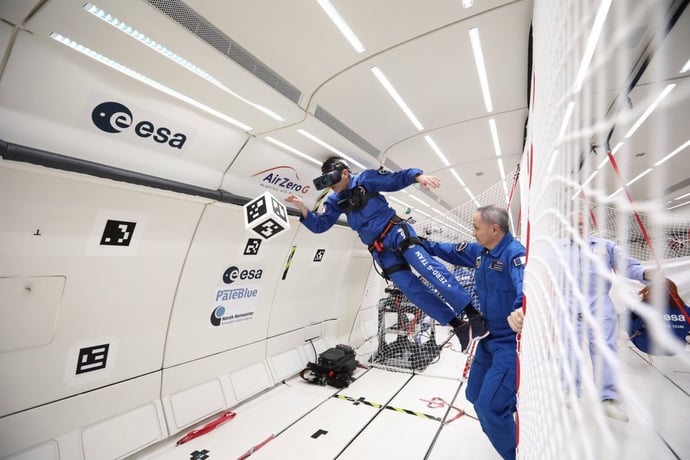Daniel Jäger, Team Leader for Synthetic Training at Lufthansa Aviation Training pilot school in Switzerland, says the simulator experience was far better than they initially expected.
He sees many benefits with the mixed reality simulator, which they will introduce into the training program in the future. The system is now ongoing an official certification process. “We can clearly see the future in mixed reality. We can use it in training with the young generation, and they’ll be able to reach their targets quicker, become more professional, and do it at a lower cost, in a more environmentally friendly way.”






